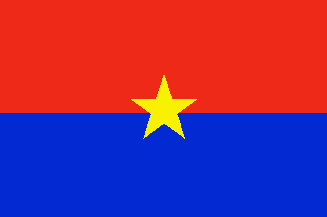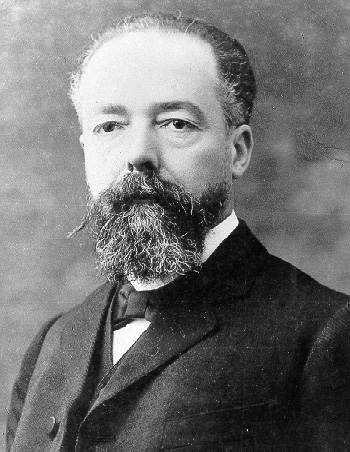Pie eating contests are an
American-classic. The idea is simply whoever eats the most pie will achieve the
pride to rule as a supreme pie eating king and receive the monetary prize. Likewise,
these contests can also relate to the colonization periods of both colonialism
and imperialism. A small, unknown country is “eaten” by a country looking to prove
its “championship” nationalism compared to other countries as well as improve
its economic profit. Similar trends in motives lead to analogues treatment of the
seized country, and that eventually leads to comparable fights for independence
that can be seen from all colonizing and colonized countries.
Many of the colonizing countries
circled around the same general motives to colonize countries, mostly focusing
on trade profit and nationalism. During a time where nationalism reigned
supreme, everyone wanted to grab the greatest and best countries to colonize
not only for its economic profit, but also to stay in the race for global
power. Nearly all of the colonizing countries conquered for the main purpose to
fulfill a national pride; nobody wanted to be left behind in the race to global
power. Therefore, they had spread out and conquered just as many other colonies
as other countries to stay in power. In the Philippines, the Spanish conquered
the area for its spice trade, just as the British conquered Jamaica for its
abundance in cash crops. Nearly all of the African colonies, from Rwanda to the
Democratic Republic of the Congo, were colonized during Europe’s “Scramble for
Africa,” where everyone wanted a piece of African “pie,” both for its raw materials
and prime trading resources. The motives of economic profit and national pride
spurred countries to colonize in different areas.
Due to the motives of the
colonizing countries, all conquering countries would take advantage of their
colonies as best as possible, meaning that many of the colonized countries were
not treated well by their conquistadors. Jamaicans was mainly used for a labor
force to harvest cash crops such as sugar, indigo, and cacao to the Spanish
economy; similarly, under French rule, Haitians were exploited to clear forests
for more plantations and had to endure long workdays, with many dying from
starvation, poor nutrition, and overwork. Halfway across the world, Indians
were not only traded for slaves, but they also had to suffer through a poor
economy and severe unemployment created by the British textile mills. In the
Democratic Republic of the Congo, King Leopold II cut off the hands of men who
refused to work for his rubber harvest under hard hours and poor conditions. With
powerful motives fueling all possible exploitations, the colonized countries
were put under harsh conditions and unfair laws.
Since many of the colonized
countries were ruled with an iron fist, the conquered peoples would fight for the
independence. Under harsh labor laws, such as those in Jamaica and Haiti, and
unfair exploitation of trade, such as India, people would stand up against
authority to attain what was rightfully theirs: freedom. All around the world,
the colonized people would stage rebellions, revolts, protests, and
demonstrations, such as the Second Afghan War that would help Afghanistan
achieve its independence from Britain or the bloodshed during the Vietnam War
that eventually gained Vietnam its independence from France. Sometimes, independence was achieved in
peaceful ways, such as Ghandi’s peace movements helped influence Britain to
grant India its independence. More often than not, however, many of the suppressed
countries had accomplished in complete independence through more violent
movements.
All across the world, strong conquering
countries, whether it was England, France, or Spain, had comparable motives for
expansion, treatment of the subjugated countries, and the fight to control the
oppressed countries. It is no coincidence either; the reason that all
conquering countries behaved similarly was because that was a massive flow
chart. Similar motives flowed into parallel treatments of defeated countries
which sparked many of identical fights for independence. From Latin America to
Europe to Asia, the parallels in motivations, treatment, and fights can be
found due to the fact that it all stemmed from the same main motivation: to eat
the most pie.


